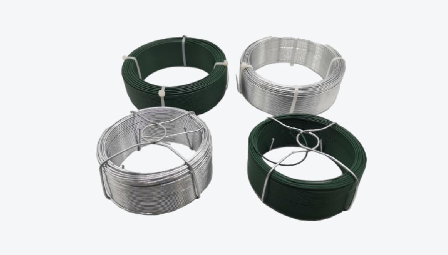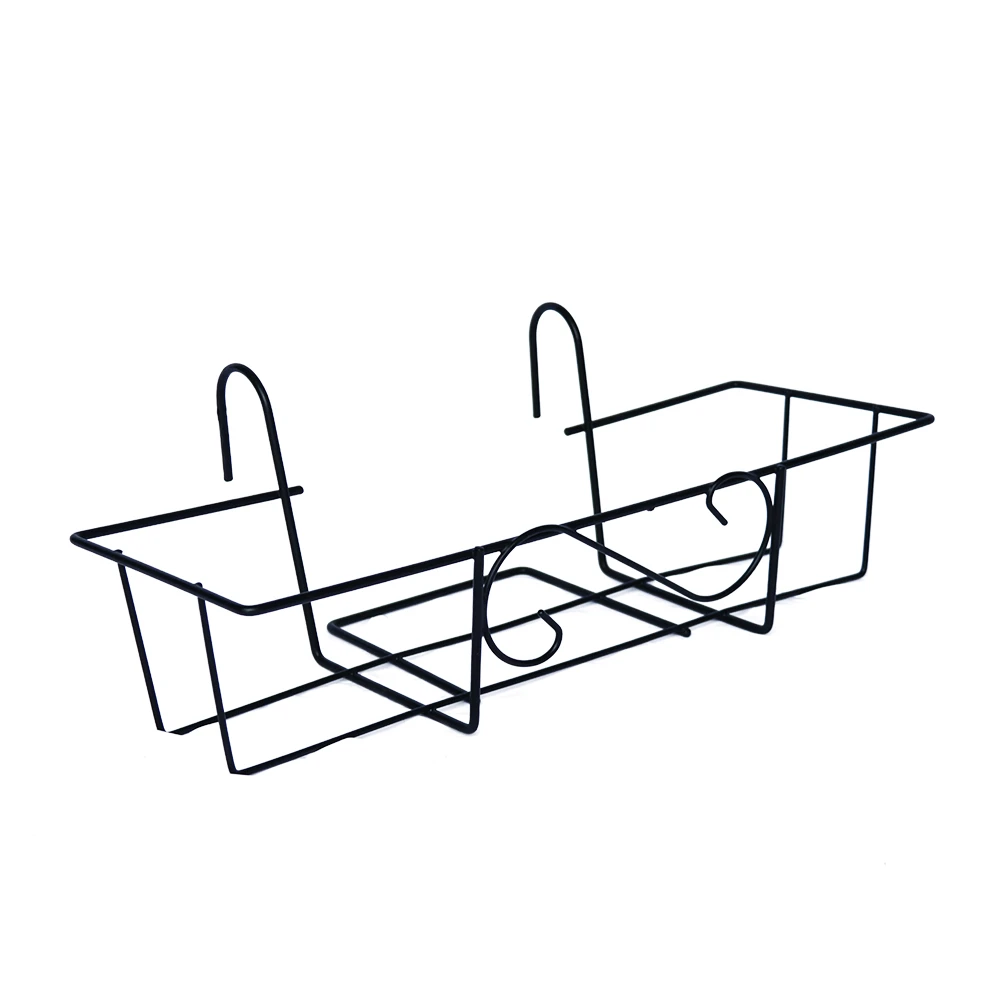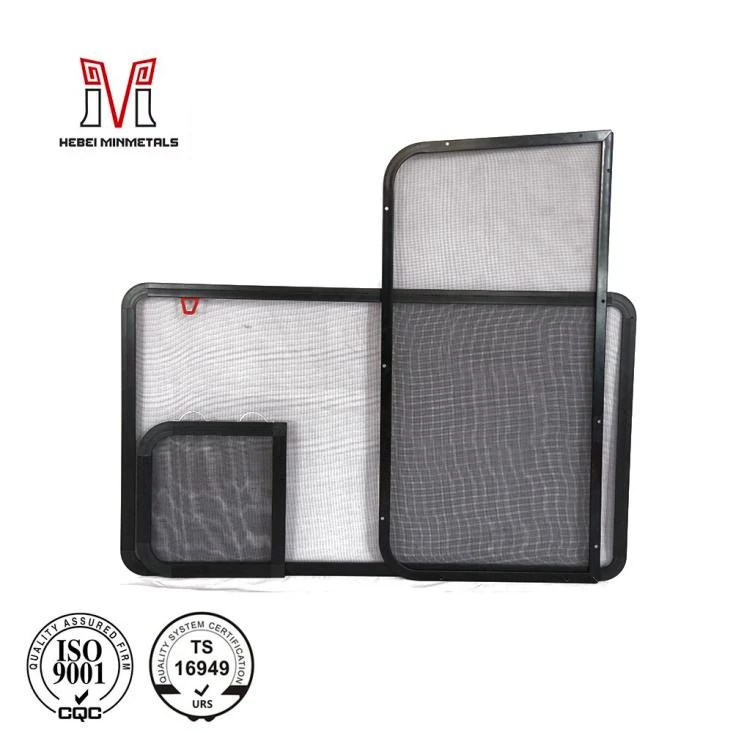installing razor wire fence
Nov . 23, 2024 02:36
Installing Razor Wire Fence A Comprehensive Guide
Razor wire fences offer a formidable barrier for securing premises, providing a high level of security against trespassers and intruders. Often seen in high-security facilities, military bases, and prisons, these fences can also be effectively utilized in residential or commercial properties where security is a primary concern. This article will guide you through the essentials of installing a razor wire fence, ensuring that your property remains protected.
1. Understanding Razor Wire
Razor wire, also known as barbed tape, consists of sharp-edged steel strips that are twisted together, forming a barbed wire-like shape. The sharp edges are designed to deter unauthorized access as they pose a significant risk of injury. Before installation, it is crucial to understand your local laws and regulations regarding the use of razor wire fences, as some areas may have restrictions on their installation or require permits.
2. Planning and Preparation
Before installation, plan the layout of your razor wire fence. Consider the perimeter you wish to secure and mark out where the posts will be set up. Ensure that your fence design accounts for any vegetation, structures, or utilities that could affect its installation. A proper site assessment can prevent potential issues down the line.
3. Materials Needed
Gather the necessary materials before starting the installation. Common items needed include
- Razor wire rolls - Fence posts (typically made of steel or sturdy wood) - Concrete mix (for securing posts) - Wire cutters - Pliers - Safety gloves and goggles - Measuring tape - Level
Begin by measuring and marking the placement of the fence posts. The usual distance between posts is between 6 to 10 feet, depending on the type of razor wire being installed. Dig holes for the posts, typically 2 to 3 feet deep, to ensure stability. Place each post in a hole, ensuring they are vertically aligned using a level, and fill in with concrete for added durability. Allow the concrete to set according to the manufacturer's instructions, usually 24 to 48 hours.
installing razor wire fence

5. Installing the Razor Wire
Once the posts are securely set, it's time to install the razor wire. Start at one end of the fence and unroll the razor wire, attaching it to the posts. Use pliers to twist the wire around the posts tightly to ensure it is securely fastened. Maintain a consistent tension as you work along the perimeter. Most installations involve two or three strands of razor wire, positioned at an angle to maximize the deterrent effect.
6. Safety Precautions
Safety should be paramount when installing razor wire. Wear protective gloves and goggles to prevent injuries from sharp edges. It's advisable to work with a partner to manage the wire, as it can be heavy and cumbersome. Additionally, ensure that you are aware of your surroundings to avoid accidents.
7. Post-Installation Inspection
After completing the installation, inspect the entire fence for any weak spots, loose sections, or sharp edges that might not be safely positioned. Ensuring that the razor wire is consistently taut and properly secured to each post will maximize its effectiveness and extend its lifespan.
8. Maintenance
Regular maintenance is crucial to ensure the continued security provided by your razor wire fence. Periodically check for wear and tear, rust, or any deterioration that may compromise the fence's integrity. Address any issues promptly, and clean the razor wire as necessary to prevent rust buildup.
Conclusion
Installing a razor wire fence can significantly enhance the security of your property. By carefully planning, following safety protocols, and maintaining your installation, you can create a formidable barrier that deters potential intruders. Always consult with local regulations and consider professional assistance if needed to ensure compliance and safety throughout the installation process. With proper execution, your razor wire fence will serve you well in protecting your premises.









 Unity
Unity Creation
Creation Challenge
Challenge Contribution
Contribution










